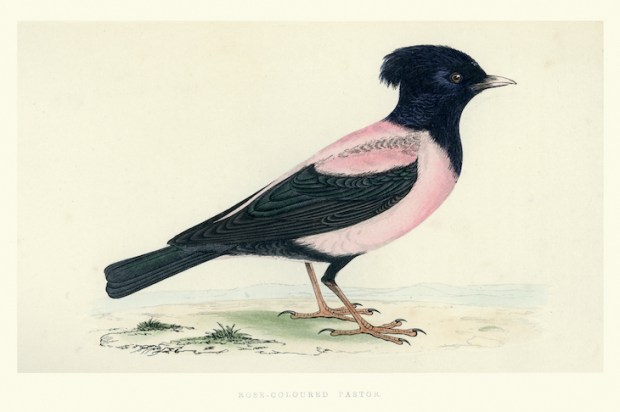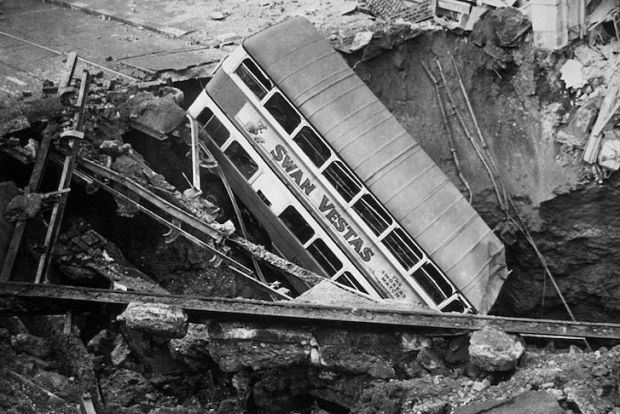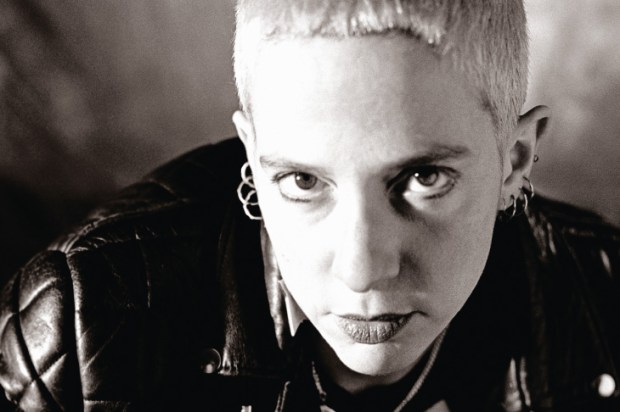Fantastic fiction loves contrasts made explicit: Eloi and Morlocks, orcs and elves, and above all humans battling vampires, Martians or robots. Small wonder that Claude Lévi-Strauss specifically invoked science fiction for his theory of ‘binary opposition’.
Sometimes these tensions are in the mise-en-scene — not just Earth vs. outer space, but settings — Lilliput and Brobdingnag, say — which try to make themes concrete. Classics of that sort are Edwin Abbott’s Flatland (set in two dimensions) and Lewis Carroll’s Alice books. But cases where the artificial contrasts that have been in some way codified and based on abstract notions such as age (Logan’s Run), temperament (the Divergent series) or even days of the week (Dayworld) can seem too contrived, even for speculative fiction. (Anyone who thinks that complaints of artificiality in genre are a bit rich has never encountered Game of Thrones or Star Trek fans when they think something’s improbable within their universes.)
A Man of Shadows makes those artificial distinctions as clear as night and day. Goodness knows why an author called Noon seized for his contrasts upon worlds called Dayzone and Nocturna, one all day — if a neon, Vegas kind of day — and the other all night, with a No Man’s Land called Dusk between.
But Jeff Noon is not an ordinary kind of writer, and he doesn’t really write science fiction, or fantasy, or indeed any kind of thing you would normally have a name for. The books that made his name, Vurt and Pollen, were genuinely hallucinatory — though the alternative realities they conjured up were the product not of drugs, but of placing brightly coloured feathers in the mouth.
He’s obsessed by Carroll’s Alice, and wrote a kind of tribute called Automated Alice. He produces microfictions on Twitter. He frequently threatens to give up writing fiction for music or painting.
This book should make us happy that he never quite can. It’s a deliberate attempt to stitch together Dashiell Hammett and Philip K. Dick; it has the noir atmosphere of Blade Runner rather than the book that inspired it. It is, too, for all its dreamlike aspects, a genuine detective story. John Henry Nyquist is a worn-out private eye searching for a missing girl and on the trail of a serial killer called Quicksilver.
That these seem like stock dime novel characters, however, must be a deliberate choice; Noon’s interest is in playing with the form, rather than presenting believable people. The addendum ‘A Nyquist Mystery’ beneath the title suggests there may be sequels, but it’s the environment which has the personality, not the detective.
The book’s prevailing atmosphere is weariness. This is perhaps not surprising in a world which has numerous competing chronologies, with every corporation trying to sell you things on a different timescale, and where Nyquist is constantly adjusting his watch.
A Man of Shadows substitutes monochrome for Vurt’s technicolor nightmares, but is, in its own way, as eerie and unsettling. It reminded me of another subversion of the policier, Alain Robbe-Grillet’s Les Gommes, with its vague, underwater atmosphere. There are, too, explicit nods to Chinatown. It’s a stylish and distinctive vision of a world that remains morally grey and foggy, even when under Dayzone’s bright artificial lights. Weirdly compelling.
Got something to add? Join the discussion and comment below.
Get 10 issues for just $10
Subscribe to The Spectator Australia today for the next 10 magazine issues, plus full online access, for just $10.
You might disagree with half of it, but you’ll enjoy reading all of it. Try your first month for free, then just $2 a week for the remainder of your first year.














Comments
Don't miss out
Join the conversation with other Spectator Australia readers. Subscribe to leave a comment.
SUBSCRIBEAlready a subscriber? Log in